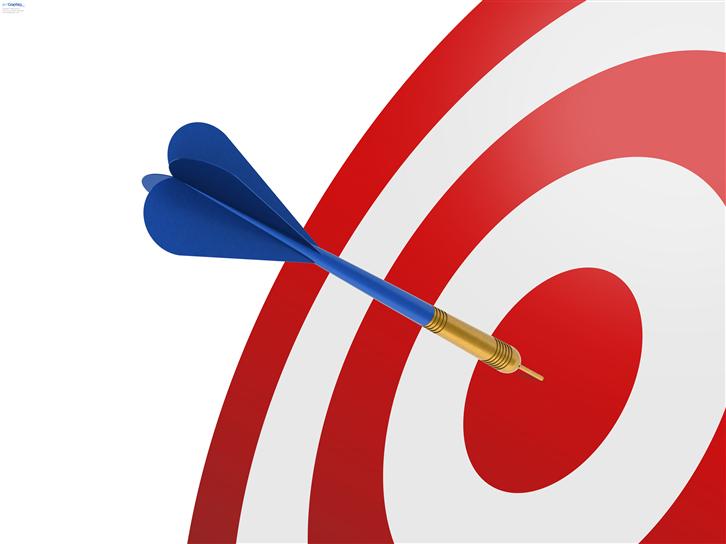
▲(Source of picture:http://www.psdgraphics.com/backgrounds/bulls-eye-target)
More and more people asked me recently, “For brand owners, what exactly is brand marketing in the digital age?”
The traditional marketing relies on T.V, newspapers, magazines, radio broadcastings or outdoor billboards so if we get our heads around the features of these media, we could market everything with flying color. However, in these past few years, these old tricks don’t work the same magic anymore.
Due to the rise of social networks in recent years, from blog, YouTube, twitter to Facebook and Pinterest, new media appear in alarming rate. These new marketing tools have their pros and cons and they each have different ways to function, it could be quite confusing at times.
Some people claim it’s as simple as creating a new Facebook fan page and launching a lucky draw campaign; some say film a viral video so you could increase popularity without spending a dime on ads; some seek renown bloggers to write a few reviews and recommendation articles and call it ‘word-of-mouth’ marketing. What could we differentiate these tools using a mechanism that is easy to understand and simple?
In my mind, the “brand marketing in the digital age” is not some product born out of thin air but something evolved from traditional marketing. If letting brands into consumers’ hearts is a war, this is how brand marketing in the digital age looks like:

▲“Marketing warfare in the digital age” explained through the concept of military.
‘Air Force’ and ‘Army’ are traditional tools, in other words, ‘Air Force’ is Above the Line (ATL), using public media to shape the brand image and the swiftly bomb the target—making consumers to know you in the shortest amount of time. ‘Army’ is Below the Line (BTL), emphasizing the harvest of goal-oriented call to action such as promotional campaign or display in the mall or using exhibitions to stimulate consumers to take the action to purchase the merchandise. Think about it, after the ‘Air Force’ bomb the target, don’t we need the ‘Army’ to march to the destination and occupy the land to claim the victory?
‘Air Force’ and ‘Army’are a match made in heaven, so it is natural to assume they have no flaws. However, with the rise of internet and new technology, it has drastically changed the way consumers access information. We don’t rely passively on traditional media to be ‘bombed’ by ‘Air Force’. More often than not, we hide in the bomb shelter created by internet or mobile phones so that the ‘Air Force’ can’t bomb us. This change has made the cost-effective rate for war lower and lower. Moreover, public media are expensive and exhaust massive amount of resources and therefore, brands normally choose to use it in significant events such as new product launch. How do brands communicate with consumers in the absence of significant marketing event?
Social media complemented the inadequacy of ‘Air Force’.
I describe social networks as the ‘Marine’. They include official website, campaign websites and social media and their purpose is to establish long term communication so the consumers could gain deeper understanding of the brand. These online media have a common feature that is its content varies to cater to different demands. It could be as simple and light as a comment left on the Facebook wall or it could be something of depth like a blog article, addressing specific theme or issue. Consumers could find corresponding content based on their own needs and different phases.
Moreover, social networks do not require as much invested resource (as opposed to ‘Air Force’, it runs gently and sustainably like a small creek and best suited for maintaining relationships with consumers during the gap period between significant events.
Viral videos, flashmobs, word-of-mouth marketing are like ‘Special Force’ for they manufacture surprise attacks. They get into consumers’ hears unwittingly. As its name suggest, ‘Special Force’ can only be employed during special circumstances. It is not suitable for long term strategy and whether or not such ‘surprise attack’ would work is fairly unpredictable.
Marketing in a digital time is like military at war. How to coordinate the ‘Air Force’, ‘Marine’, ‘Army’ and ‘Special Force’ is the key to winning consumers’ hearts.
——–
About Author
Mika, Internet Marketing Observer
Born in the 60s, Mika has worked in the field of consumption marketing for decades. He experienced brand strategy, product concept all the way to official launch. He cares about traditional marketing model as well as the changes arise from Web2.0 and social media.
Blog: jabamay.blogspot.com
———
